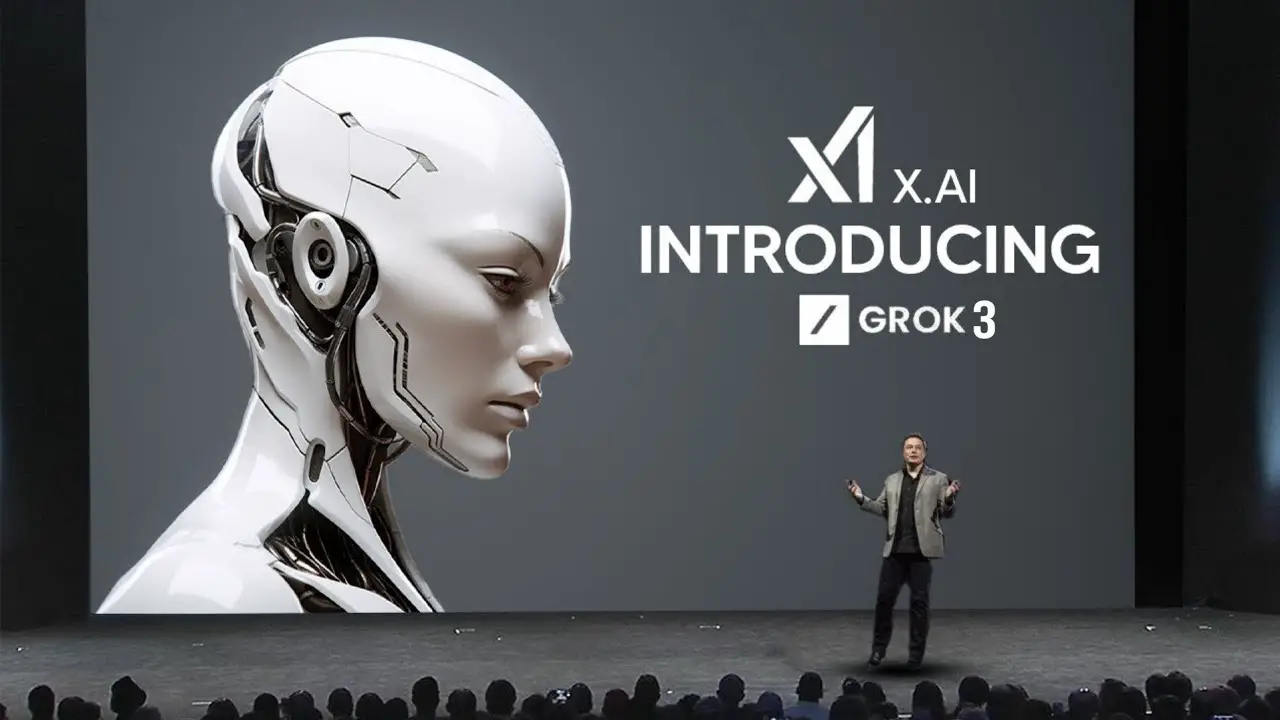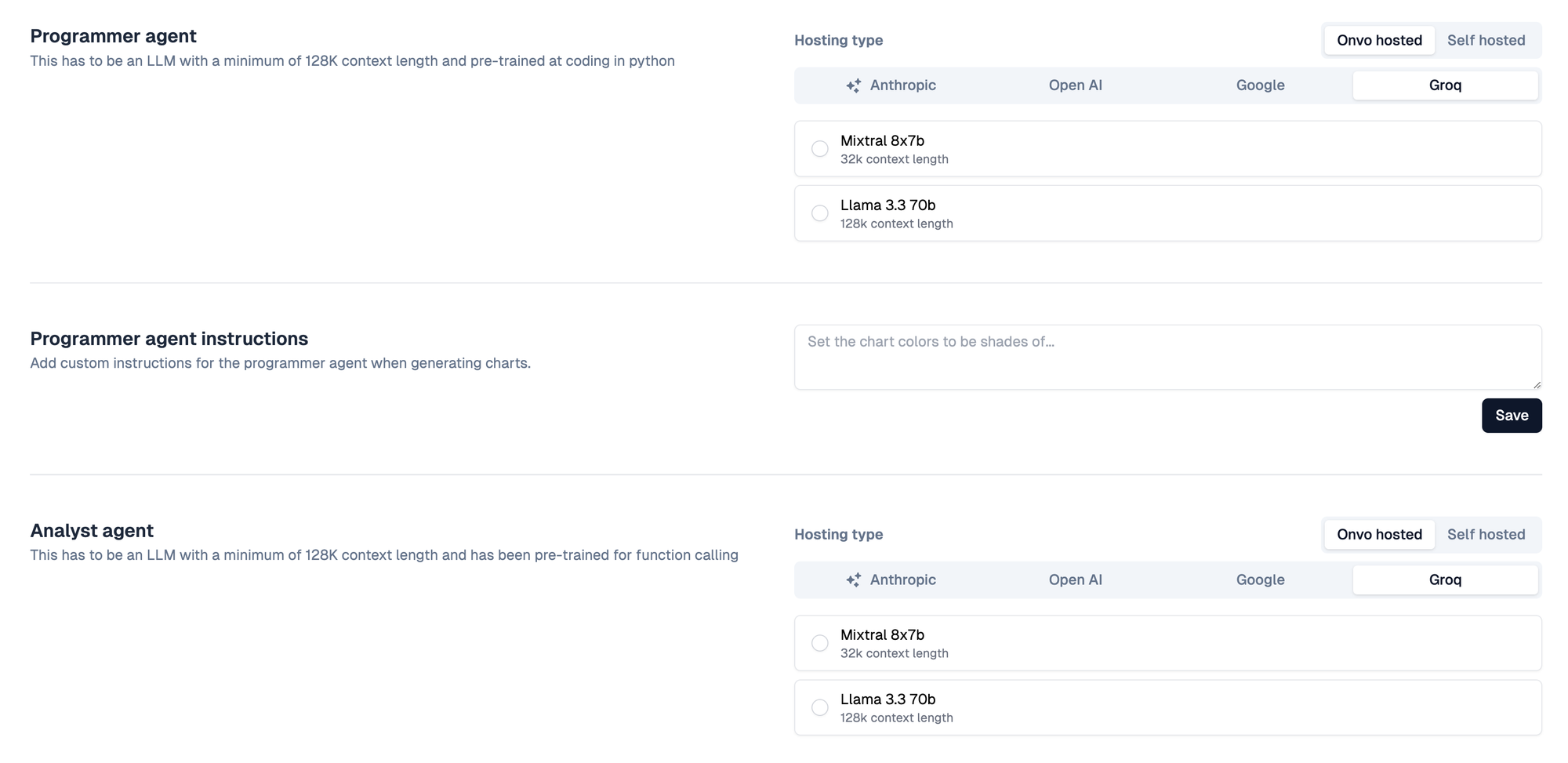Understanding Grok 3: A Leap in AI Reasoning

The advent of Grok 3 marks a significant milestone in the evolution of artificial intelligence, particularly in the realm of reasoning capabilities. Developed by xAI, a company founded by Elon Musk, Grok 3 has garnered attention for its impressive performance on various reasoning benchmarks. This blog post delves into the features, performance metrics, and implications of Grok 3, drawing insights from community discussions and expert analyses.
Key Features of Grok 3
Grok 3 is designed to enhance reasoning abilities through increased computational power and refined algorithms. Some notable features include:
- Enhanced Reasoning Benchmarks: Grok 3 reportedly achieves an impressive accuracy rate of approximately 85% to 95% on standardized reasoning benchmarks. This leap in performance is indicative of its ability to process complex queries more effectively than previous models, including its predecessor, Grok 2[1].
- Scalability and Compute Power: The model's architecture leverages substantial computational resources, allowing it to tackle more intricate tasks and deliver faster responses. Users have noted that Grok 3 operates at a level comparable to OpenAI's O3 models while being more cost-effective, priced around $40 per month compared to O3's $200[1].
- User Interface Innovations: The introduction of features like the "Think" button allows users to extend the model's reasoning time for more complex queries. This flexibility is crucial for applications that require deeper analysis and understanding[1].

Performance Metrics and Community Insights
The performance of Grok 3 has been a focal point of discussion across various platforms, particularly Reddit. Users have engaged in debates about the validity of the benchmarks presented during its launch. Key points from these discussions include:
- Independent Testing Concerns: While xAI claims that Grok 3's benchmarks are derived from independent tests, some community members express skepticism about the transparency and reliability of these results. The consensus is that while initial tests show promise, independent verification is essential for credibility[1].
- Comparative Performance: Many users highlight that Grok 3 outperforms existing models in specific tasks but caution against overestimating its capabilities without comprehensive testing across diverse scenarios. Comparisons with models like OpenAI's O3 mini suggest that while Grok 3 shows potential, it may not universally outperform all competitors in every context[1].
- Emergent Properties: As AI models scale up in size and complexity, new emergent properties often arise. Users speculate about what unique capabilities Grok 3 might exhibit due to its increased compute power. This could include improved contextual understanding and the ability to form relationships between disparate pieces of information more effectively than smaller models[1].
Implications for the Future
The launch of Grok 3 not only signifies a technological advancement but also raises questions about the future landscape of AI development:
- Competitive Dynamics: With xAI entering the fray with a strong contender like Grok 3, competition among AI developers is intensifying. Companies like OpenAI and Google are now facing pressure to innovate rapidly to maintain their market positions.
- Accessibility and Cost: The pricing strategy adopted by xAI makes advanced AI capabilities more accessible to a broader audience. This democratization could lead to widespread adoption across various industries, enhancing productivity and innovation.
- Ethical Considerations: As AI models become more powerful, ethical considerations regarding their deployment become paramount. Discussions around transparency, accountability, and bias in AI systems will likely gain prominence as users demand responsible AI practices.
In conclusion, Grok 3 represents a significant advancement in AI reasoning capabilities, showcasing both impressive performance metrics and innovative features. However, as with any emerging technology, ongoing scrutiny and independent validation will be crucial in determining its true impact on the field of artificial intelligence. The discussions surrounding Grok 3 serve as a reminder of the complexities involved in AI development and the importance of maintaining rigorous standards in this rapidly evolving landscape.

Using Grok 3 with Onvo AI for Data Analysis
If you're looking to streamline your data analysis processes and unlock new insights from your datasets, Onvo AI is worth exploring. The platform not only simplifies the visualization process but also empowers users by integrating cutting-edge AI technology like Grok 3.
You can start using Onvo AI today by visiting their website at www.onvo.ai. Experience firsthand how easy it is to turn your raw data into actionable insights and make informed decisions that drive your business forward. With Onvo AI, the future of data analysis is not just about collecting information—it's about transforming it into a strategic asset.

